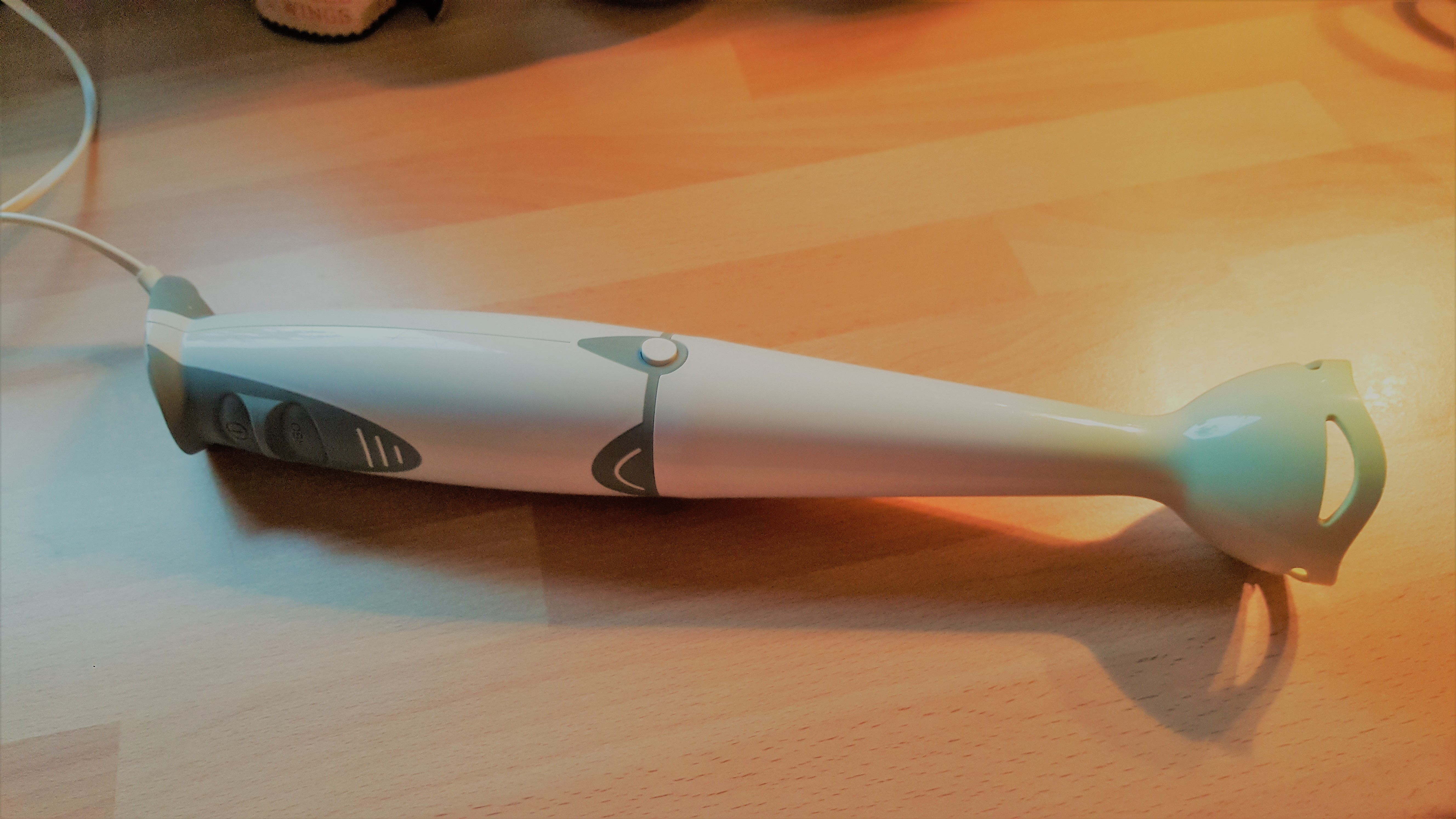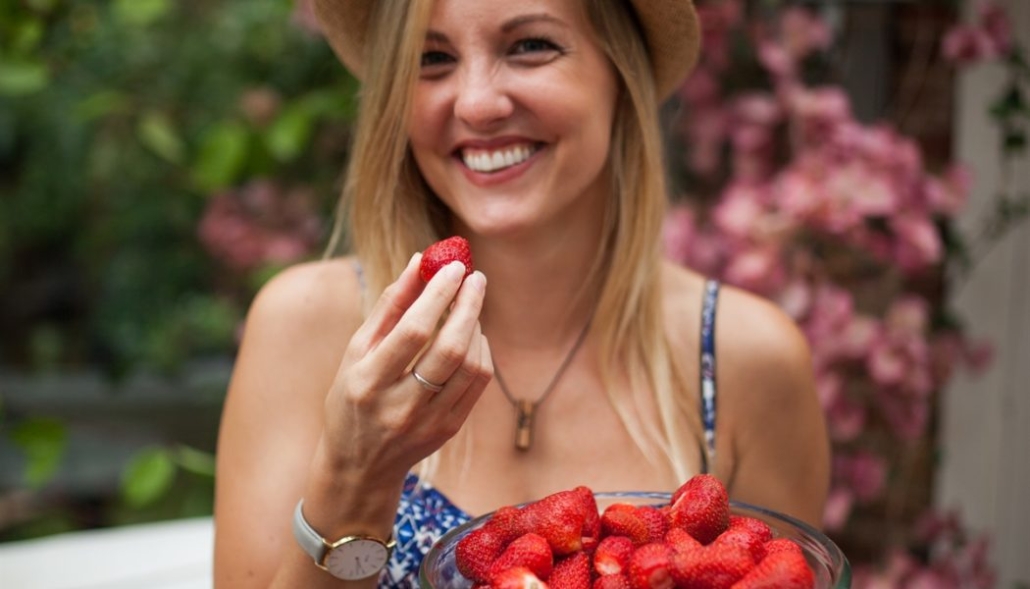Do you think you have to do 100s of sit-ups to achieve a flatter tummy? Think again!
I have brilliant news!
Finding and keeping toned abs is not all about exercising. There are other parts of our lifestyles and health routines that are more important.
Let me share a story with you.
Over the years when I have met people at parties or networking events we always get around to the “What do you do?” question. When I tell them I am a personal trainer, most people look down at their stomachs, grab a bit of flesh and say, “So, how do I get rid of this?!” It amazes me how this happens over and over again. No one has ever asked me how to get toned legs, butts, arms etc.
You want it….you got it! Let’s talk about the ever elusive flatter tummy.
Over the next six weeks here on Life Labs I will share my “6 Sneaky steps to slim your tummy.” Each post will give you an insight and some practices to implement, slowly guiding you towards making positive changes and building new habits.
________________________________________________________________________________
Sugar

Who out there is a sugar addict?
*Hands up* from me for sure!
In a nut shell sugar can cause weight gain, mood swings, energy spikes/dips and inflammation in our bodies. This has far reaching implications not only on how our bodies feel and look but also on long term health.
When we eat sugar it spikes in our blood streams quite fast. This is dealt with quickly but the problem is we are so good at this process that our blood sugars drop so low it then creates a craving for our next sugar hit. This is why if you have a sugary breakfast option or something which is high glycaemic (food’s effect on a person’s blood sugar) you will find you are really hungry again within an hour or two, craving something again by 10 or 11am. These cravings are so strong that many people give in and have more.
Sugar is described as a drug by many nutritionists.
All of this means we are taking in more energy than we need so it is then stored, normally in fat cells. If you also have a stressful life the storage is more likely to happen around your midsection. I know someone out there is reading this and thinking but what if I work out to get rid of the energy. I would say yes, true… But there are better foods out there to nurture and support your body through a day including workouts where you will have more even energy.
________________________________________________________________________________
Insights:
A life without sugar means:
- a healthier body shape, including your tummy
- improved moods
- better feeling, regulated energy levels throughout a day
- less inflammation in our bodies, meaning less chances of injuries and future disease
Practices for this week:
- Decrease sugar intake (let’s keep it simple to start)
- This includes:
- white bread products, sugar, additives (corn syrup, glucose, fructose etc) – check your labels!
- soft drinks, fruit juices & energy drinks
- Increase vegetables and good sources of protein (fish, chicken, nuts/seeds, avocadoes, eggs, turkey, nut butters)
Each week keep the practices from the previous week going.
So, sugar will be taken out for all six weeks…..
Press here for Week 2
________________________________________________________________________________
Recommendations:
I have tried to keep our approach straight forward for you. If you want more information and guidance on sugar I highly recommend the following from a few colleagues of mine:
VIDEO: by Nutritional Therapist – Angelique Panagos – “Can I eat sugar and still be healthy” – find it on her homepage
Book: by Nutritional Therapist – Amelia Freer – “Eat.Nourish.Glow”

Press on the picture to find the book.
________________________________________________________________________________
Get in touch!

I would love to know how you are doing over our six weeks so…..
Chat with me on twitter – facebook – instagram
Let’s have some fun!!!
Find other great workout & wellness stuff on my shop!









